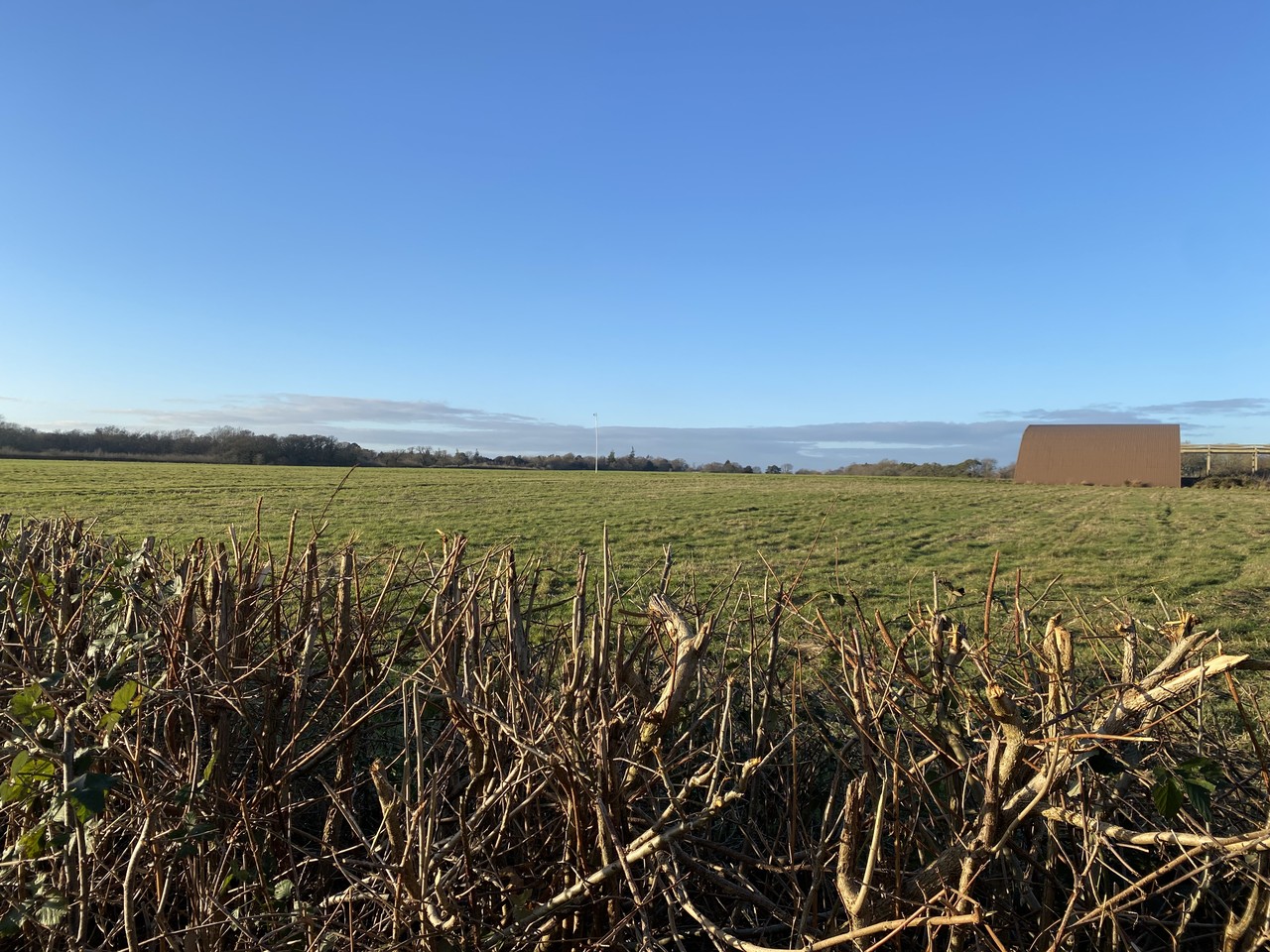RAF Lymington was originally constructed in 1943 as an advanced landing ground. This meant that the construction was not meant for long term use. The runways were either grass strips or metal matting and used as temporary landings strips.
A visit to the airfield today see's very little remains from its wartime use. It has now reverted to farmland. One blister hanger remains, and a small information panel is situated on the northern en of the former airfield. At the base of the information panel is a small strip of the metal matting that was used as a runway.
By early 1944 the airfield was operational. It became home for the United States Army Air Force (USAAF) 50th Fighter Group. The 10th, 81st and 313th Fighter Squadrons in particular flew P-47 Thunderbolt aircrafts from the airfield known to them as USAAF Station AF-551, code 'LY'.
From D-Day on 6 June 1944, the Squadrons carried out missions in a ground support role, from hitting coastal defences to supply columns and Armoured Units. Prior to this the Squadrons Thunderbolts had been involved in the pre-bombardment and targeting of locations in France. The intention was to try and destroy the infrastructure to prevent de deployment of German Units once the invasion was underway. An example of this is their mission of 25 May 1944, when the 313th Fighter Squadron were tasked with destroying road bridges around Rouen.
